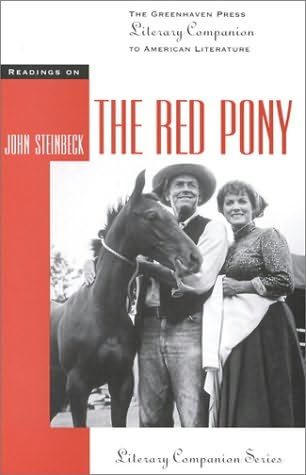For my water project, final project, my partners and I are going to create a collaborative Tide Calender for 2009. We are going to incorporate pictures, informative facts, quick did you know facts, the tides, and important environmental dates.
My research question that I am going to use for all three of my months is," What is the port of San Diego doing to improve certain beaches in San Diego?" The beaches I choose to research more into is San Diego Bay, Imperial Beach/Chulva Vista, and Seaport Village.
Group Members:
Sydney Lampe, Jade Tyler, Jeremy Sheahan, Rodrigo Arrieta, and Jake Neighbors
Calender of events:
November 7- Research important dates/ areas of photography
November 8/9/10/11: Take pictures at assigned locations
November 12: Review Picture and Retake pictures if necessary
November 13: Pick finalized pictures. have one main photograph and also 1-2 smaller photographs on the calender page.
November 14/15/16: Begin working on paragraphs. Have rough drafts for all paragraphs by beginning of class on the 17th. Find " Did you know fact" for each of your locations.
November 17: Begin basic layout/in design spread sheet.
November 18: Insert Pictures into layout/in design sheet. ( GET FINAL CALENDER LAYOUT WITH TIDE INFO FROM JAKE)
November 19: Insert Calendar with tide information
November 20: Insert paragraphs into layout/in design sheet
November 21: Insert facts/dates/did you know facts. Complete draft of calendar ready for critique.
November 22-30= Thanksgiving Break
December 1-2: Critiques for content
December 3-4: Critiques for Aesthetic Appeal
December 5: Send to Printer
Months:
1 Jade: Mission Bay/ Fiesta Island
2 Jade: De’anza Cove
3 Jade: Mission Bay/Aquatic Center
4 Jeremy: Del Mar
5 Jeremy: Chula Vista Marina
6 Jeremy: Coronado
7 Sydney: San Diego Bay
8 Sydney: I.B./Chula Vista
9 Sydney: Seaport Village
10 Rodrigo: OB Pier
11 Rodrigo: H&M Landing/Shelter Island
12 Rodrigo: San Diego River mouth
For our materials, We don't need many physical items, but our project is going to require a lot of work. Were going to need a camera with a high megapixel to take high quality pictures. We are also going to need many students to help critique our calender for aesthetics and for content. This is important because we need to produce a high quality of work. We also are going to need a printing company to print our calender.
FedEx Kinkos has a calender printing option, and it is $20, per calender. The thing with this is that you use their template. We are still looking for a less expensive option where we can use our own template that we can create. We are also looking for sponsors to have an ad in our calender to help fund the calender. Our calender will be on sale during our exhibition.








